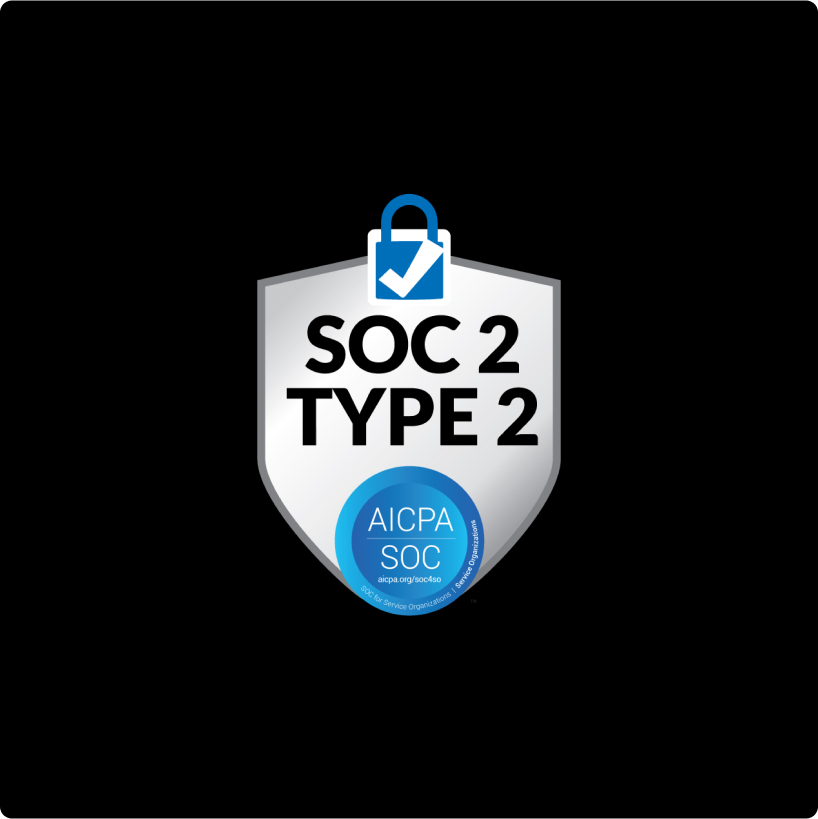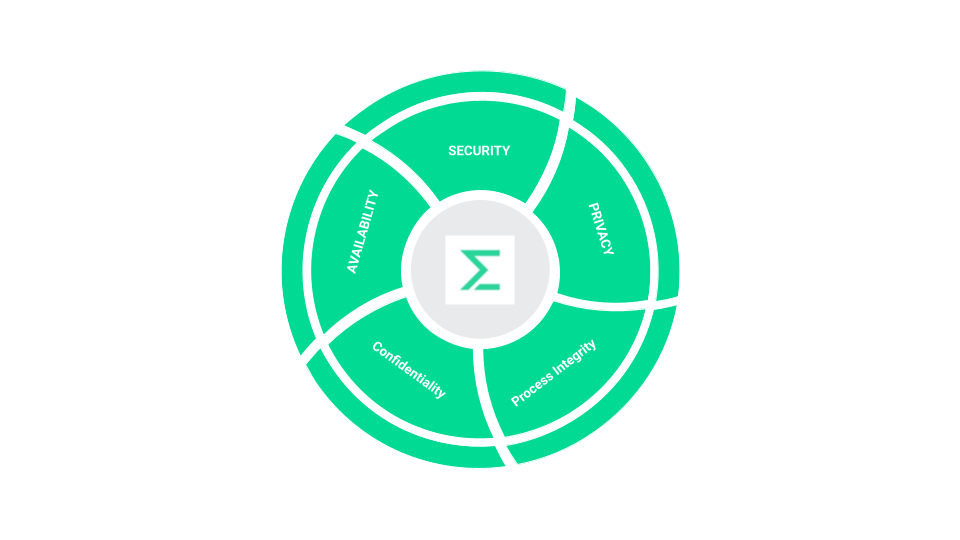It’s official: Telmai is now SOC 2 Type 2 compliant
Telmai achieves SOC 2 Type II compliance, a testament to our commitment to data security and privacy. This milestone reassures users of our adherence to the highest security standards, ensuring their valuable data remains safe and protected.

Today we have a fantastic news to share ! Telmai is now SOC 2 Type 2 Compliant
This is a milestone achievement that helps us to continue to build trust with our community and customers. Telmai has always been committed to building trust with all users and we are constantly working toward aligning data security and privacy practices with the latest certifications and accreditations.
Today, we’re happy to announce Telmai is now SOC 2 Type II compliant. This is another attestment to reassure our users that their valuable data is always safe and protected with highest security standards.
What is SOC 2 compliance?
Service Organization Control 2 (SOC2) is a component of the American Institute of CPAs (AICPA)’s Service Organization Control reporting platform. SOC 2 is a technical auditing process and certification that measures security and availability and serves as an assurance to customers that their data is being managed in a controlled and audited environment.When a business is SOC 2 compliant, it signifies they implement proper security systems to ensure security, availability, processing integrity, confidentiality, and privacy of customer data.
SOC 2 compliance is essential for technology-based service organizations that store customer data in the cloud. This makes it applicable to most SaaS businesses, and any business that relies on the cloud to store its customers’ information. As of August 2022 we are now Type II compliant.
What does SOC 2 certification entail?
The SOC 2 certification is awarded to businesses by independent auditors upon assessing the extent to which they comply with one or more of these five trust principles:

Security
The security principle refers to the protection of system resources against unauthorized access. Access controls help prevent potential system abuse, theft or unauthorized removal of data, misuse of the software, and improper alteration or disclosure of information.
Availability
The principle checks the accessibility of the system, products or services as stipulated by a contract or service level agreement (SLA). It involves security-related criteria that may affect availability. Monitoring network performance and availability, site failover, and security incident handling are critical in this context.
Processing integrity
This principle addresses if a system achieves its purpose, i.e., delivers the right data at the right price at the right time. The data processing must be complete, valid, accurate, timely, and authorized.
However, processing integrity doesn’t only imply data integrity; it also includes the monitoring of data processing, along with quality assurance procedures.
Confidentiality
Information that is designated as confidential should be protected according to the User Entity’s needs. Data is considered confidential if its access and disclosure are restricted to a specified set of persons or organizations.
The principle includes encryption, which is an important control for protecting confidentiality during transmission. Network and application firewalls, along with rigorous access controls, can be used to safeguard information being processed or stored on computer systems.
Privacy
The privacy principle addresses the system’s collection, use, retention, disclosure, and disposal of personal information in conformity with an organization’s privacy notice, as well as with criteria determined by the AICPA’s Generally Accepted Privacy Principles (GAPP).
It includes protecting the unauthorized access of personally identifiable information (PII) – personal data related to health, race, sexuality, and religion is also considered sensitive and generally requires an extra level of protection.
Why is SOC 2 compliance important?
Meeting SOC 2 compliance means establishing processes and practices that guarantee oversight across a company, guaranteeing customers that their data is protected from any unusual, unauthorized, or suspicious activity.
To ensure businesses meet SOC 2 requirements, you need to receive alerts whenever unauthorized access to customer data occurs. SOC 2 compliant companies are required to set up alerts for:
- Exposure or modification of data, controls, configurations
- File transfer activities
- Privileged filesystem, account, or login access
Having a SOC 2 badge on the Telmai website represents the dedication to keeping customer information private and secure. Telmai understands the need for customers to feel safe about their data, and it’s the reason why we are excited to feature this badge:
Our journey to SOC II
As a company, we’ve always tried to live up to the highest standards. We care about security and treat it with high priority. The SOC audit was, first of all, a benchmark we wanted to use to validate our efforts in the security area. We’re proud the approach we took naturally led us to this well-respected certification.
We started the journey by partnering with Vanta (another YC company). Their platform was invaluable in preparing us for the audit, and helped us organize information about assets, vulnerabilities and forced us to follow best practices. They also introduced us to a number of credible audit firms and we picked the one which worked best given the size, stage of our company as well as type of our customers. Barr Advisory checked all the marks and we decided to go with them.
In the early days despite being a startup we decided not to take any shortcuts in architecture, tooling, processes and enterprise software best practices. On this path we had multiple checkpoints with CISOs to ensure we leave no gaps even at the planning phase. All this helped us tremendously in achieving the certifications goals smoothly.
If you have any questions around the process or need access to our report email us on security@telm.ai to request our SOCII report.
Passionate about data quality? Get expert insights and guides delivered straight to your inbox – click here to subscribe to our newsletter now.
- On this page
See what’s possible with Telmai
Request a demo to see the full power of Telmai’s data observability tool for yourself.